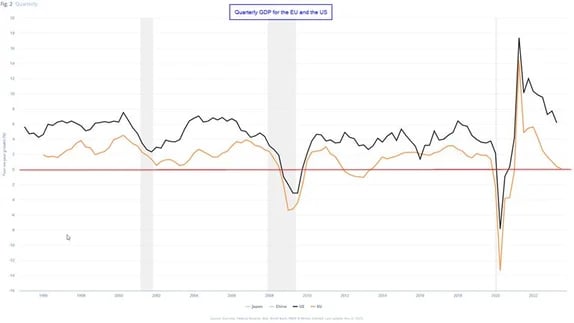Start Your Smart Investment Journey — Join UJI Investama.
The Changing Face of Recessions in the Modern Economy
June 20, 2025 – Economic recessions are no longer unfolding the way they used to. In past decades, downturns were largely predictable: triggered by rising interest rates, industrial slowdowns, or housing collapses, and often followed a relatively clear pattern of contraction and recovery. Today, that cycle has become more complex, fragmented, and less uniform across sectors and societies. Modern recessions are increasingly shaped by global supply chain disruptions, geopolitical shocks, technological dislocation, and shifting labor dynamics—factors that traditional economic models struggle to fully capture. In some cases, headline data such as GDP may show stagnation or modest growth, while underlying indicators reveal deep stress across consumer spending, employment, and corporate earnings. The COVID-19 pandemic and its aftermath demonstrated how non-financial shocks can plunge economies into recession without the typical warning signs. Meanwhile, stimulus-heavy fiscal and monetary interventions have blurred the lines between economic contraction and artificial stabilization. Moreover, the digitization of the economy means some sectors—such as tech or digital services—can continue to expand even during broader downturns, further obscuring the classical definition of a recession. Policymakers and investors are increasingly rethinking what a recession means in today’s world. Instead of waiting for two quarters of negative GDP growth, many now look to a wider set of indicators: household income, credit stress, market volatility, and labor force participation. In short, the nature of recessions is evolving—less cyclical, more chaotic, and increasingly influenced by a range of nontraditional forces that require a more adaptive and nuanced approach to economic analysis.
ECONOMICS
6/20/20251 min read


Contact us for more news and information about UJI Fund.
